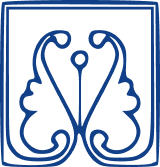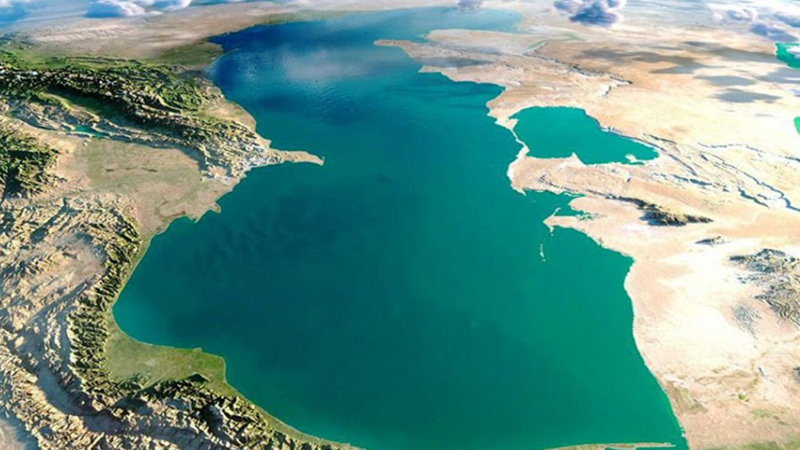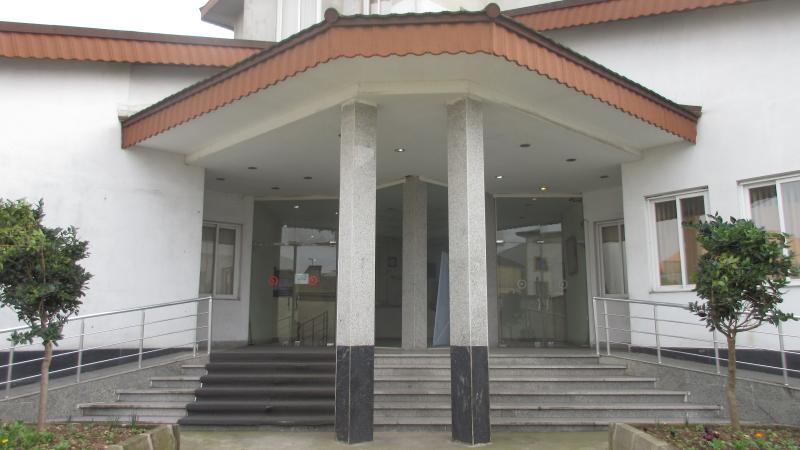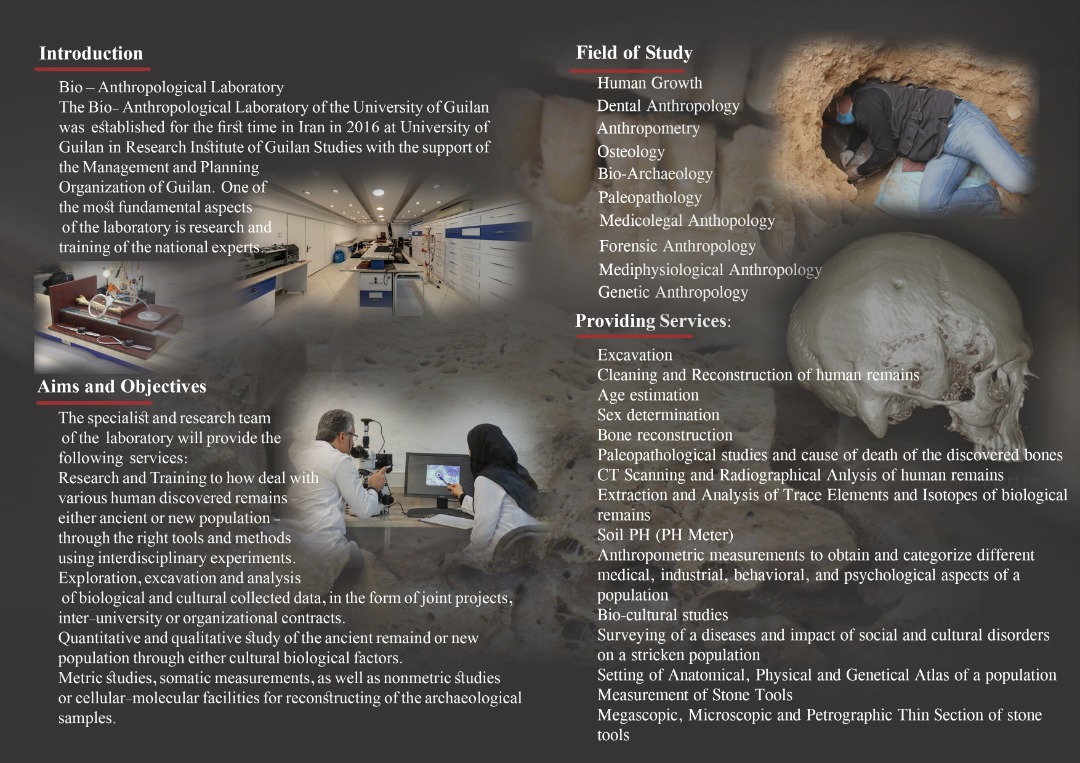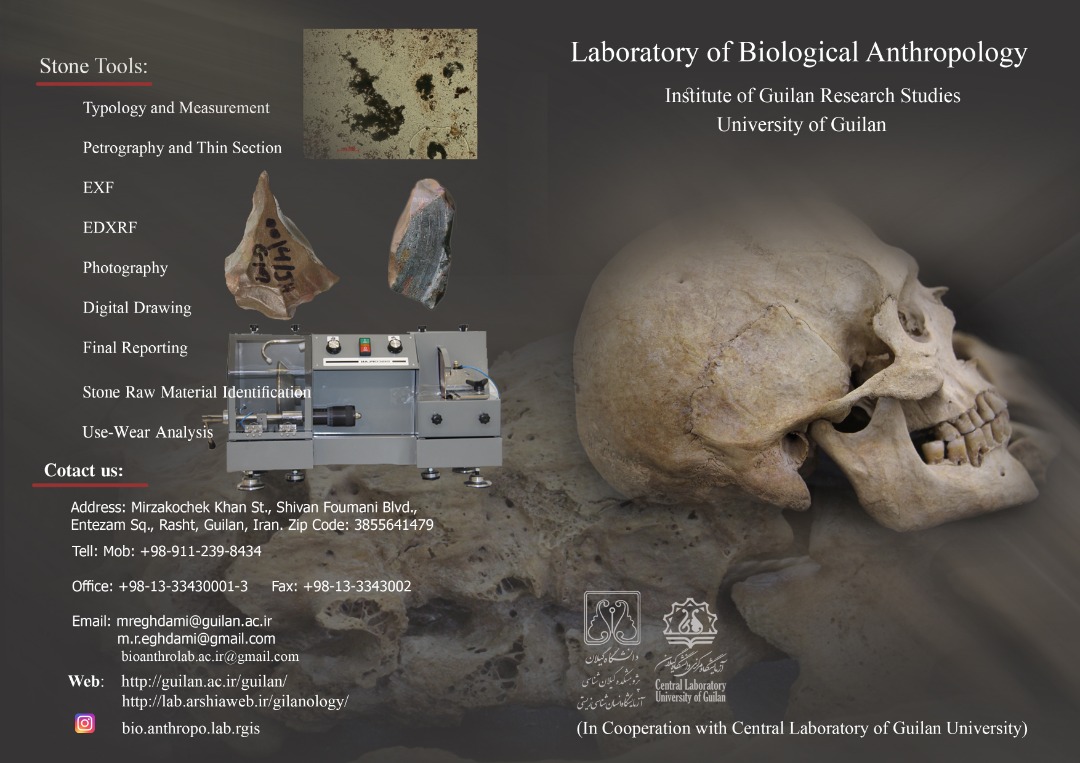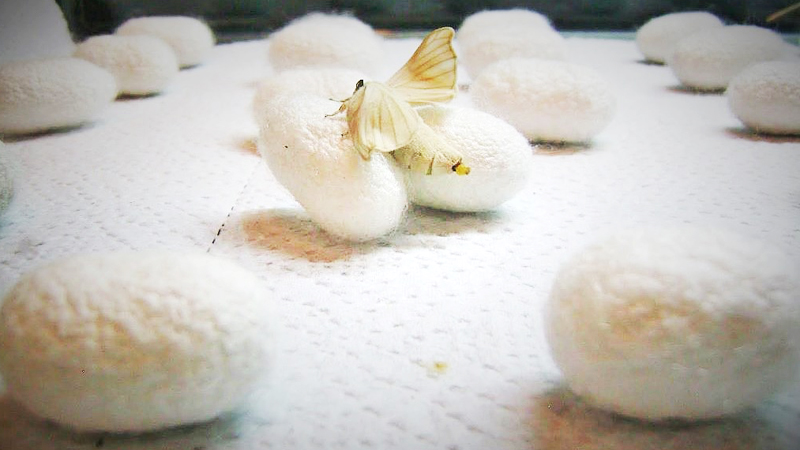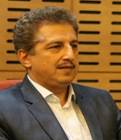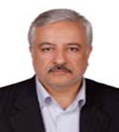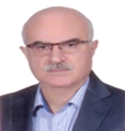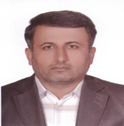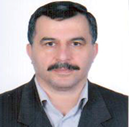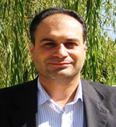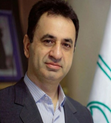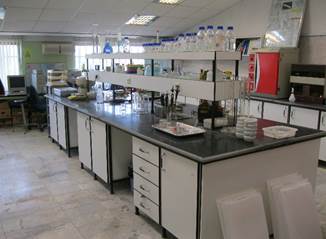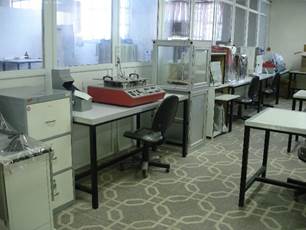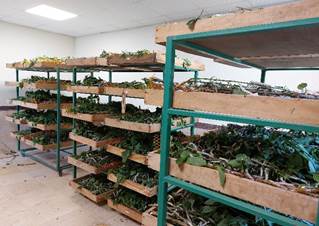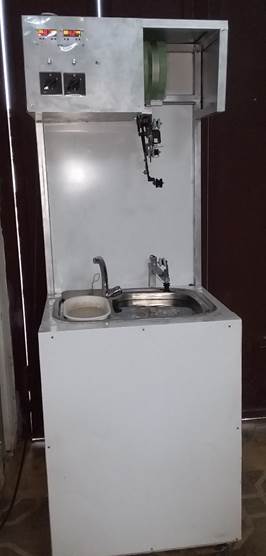Research
Research Centers
1 - The Caspian Sea Basin Research Center |
|||||||||||||||||||||||||||||||||||||||||||||||||||||
|
This research center is comprised of three departments: Water and Environment, Marine Sciences, and Marine Industries Missions and Responsibilities
Facilities and LaboratoriesThis research center is part of the university; therefore, many of its needs are fulfilled by the laboratories and facilities below which are already available at the university:
|
|||||||||||||||||||||||||||||||||||||||||||||||||||||
2 – The Guilanology Research Center |
|||||||||||||||||||||||||||||||||||||||||||||||||||||
|
Established in 2016, the Guilanology Research Center is a center for historical, cultural and social research projects on Guilan and its people. The overarching goals of this research center are as follows: Goals and responsibilities
Bio – Anthropological LaboratoryThe Bio- Anthropological Laboratory of the University of Guilan was established for the first time in Iran in 2016 at University of Guilan in Research Institute of Guilan Studies with the support of the Management and Planning Organization of Guilan. One of the most fundamental aspects of the laboratory is research and training of the national experts. The specialist and research team of the laboratory will provide the following services: Research and Training to how deal with various human discovered remains - either ancient or new population - through the right tools and methods using interdisciplinary experiments. Exploration, excavation and analysis of biological and cultural collected data, in the form of joint projects, inter-university or organizational contracts. Quantitative and qualitative study of the ancient remaind or new population through either cultural biological factors. Metric studies, somatic measurements, as well as nonmetric studies or cellular-molecular facilities for reconstructing of the archaeological samples. Ancient resource studies and Osteological services: Excavation, cleaning and reconstruction of the human remains. Age estimation, sex determination, bone reconstruction, Paleopathological studies and cause of death of the discovered bones. Anthropometric measurements to obtain and categorize different medical, industrial, behavioral, and psychological aspects of a population. Bio-cultural studies. Surveying of a diseases and impact of social and cultural disorders on a stricken population by using basic science and medical sciences applications. Setting of Anatomical, Physical and Genetical Atlas of an ancient or new population. Typology and Measurement of Stone Tools. Photography and Drawing of Stone Tools to representing them in the form of hard or soft copies. Megascopic, Microscopic and Petrographic Thin Section of the stone tools. Extraction and Analysis of Trace Elements and Isotopes of biological remains. To access of the Lab Brochure, you may download the PDF or Picture
|
|||||||||||||||||||||||||||||||||||||||||||||||||||||
3 – The Silkworm Research Group |
|||||||||||||||||||||||||||||||||||||||||||||||||||||
|
Established in 1994, the Silkworm Research Group aims to conduct basic, applied and developmental research on silkworms, silk fibers, and sericulture development in Iran. This research group has had several research projects, collaborating with the Iran Silkworm Research Centre, Northern Iran's Biotechnology Center, and several other prestigious organizations and institutes. The members of the Silkworm Research Group, many of whom are faculty members at the University of Guilan, have published more than 60 academic papers (more than half of which have been published in international journals). University of Guilan's Silkworm Research Group has also been ranked 4th among the agricultural institutes in Iran. Expanding the group and making it into an international center for sericulture studies is our priority. Missions and responsibilities
|
|||||||||||||||||||||||||||||||||||||||||||||||||||||
4 – Sericulture Research Department of the Guilan University |
|||||||||||||||||||||||||||||||||||||||||||||||||||||
AboutThe sericulture research department, which started its activity in the Faculty of Agriculture and Natural Resources (Soumesara City) in 1999 with the permission of the Ministry of Science, Research and Technology, was transferred to the Faculty of Agricultural Sciences (Rasht City) in 2006. Considering that Gilan province has been the most important center of silk cocoon and thread production in the country from the past to the present day, as well as government and research centers are concentrated in this province, the activity of Gilan University in research, technology, education and consulting matters is essential. This research group with researchers from different disciplines has been able to be an influential scientific center in the region and the country. The most important activities of the research group are as follows:
Sericulture Research Department Agriculture Faculty, University of Guilan, Tehran Road, Rasht, Iran, Zip code : 41996-13986 Tel +98-13-44085099 Fax +98-13-33690281 Cell +98-9112324897 E-mail : silkresearch1999@guilan.ac.ir and hosseini@guilan.ac.ir Objectives and Practical capabilities1- Silkworm breeding to improve lines and hybrids 2- Production of natural pheromones to control mulberry pests 3- Production of commercial fibroin and sericin from silk 4- Propagation of mulberry seedlings and making mulbery gardens 5- Organizing training courses for domestic and foreign students 6- Organaizing national and international workshops for silkworm egg production, cocoon production, silk thread production, silk dyeing and weaving silk textiles and carpet, diseases and pests control for both mulberry and silkworms 8- Scientific advice to etablish sericulture museums
Facilities and equipmentThis research group has facilities for drying cocoons and silk reeling, mulbery garden, silkworm rearing rooms in addition to the molecular genetics laboratory in the Animal Science Department, the insect physiology laboratory in the Plant Protection Department, and the fiber physics of textile laboratory in the Textile Engineering Department.
|
|||||||||||||||||||||||||||||||||||||||||||||||||||||

